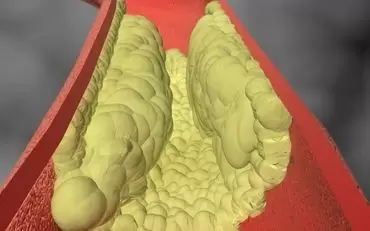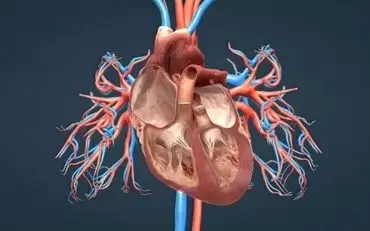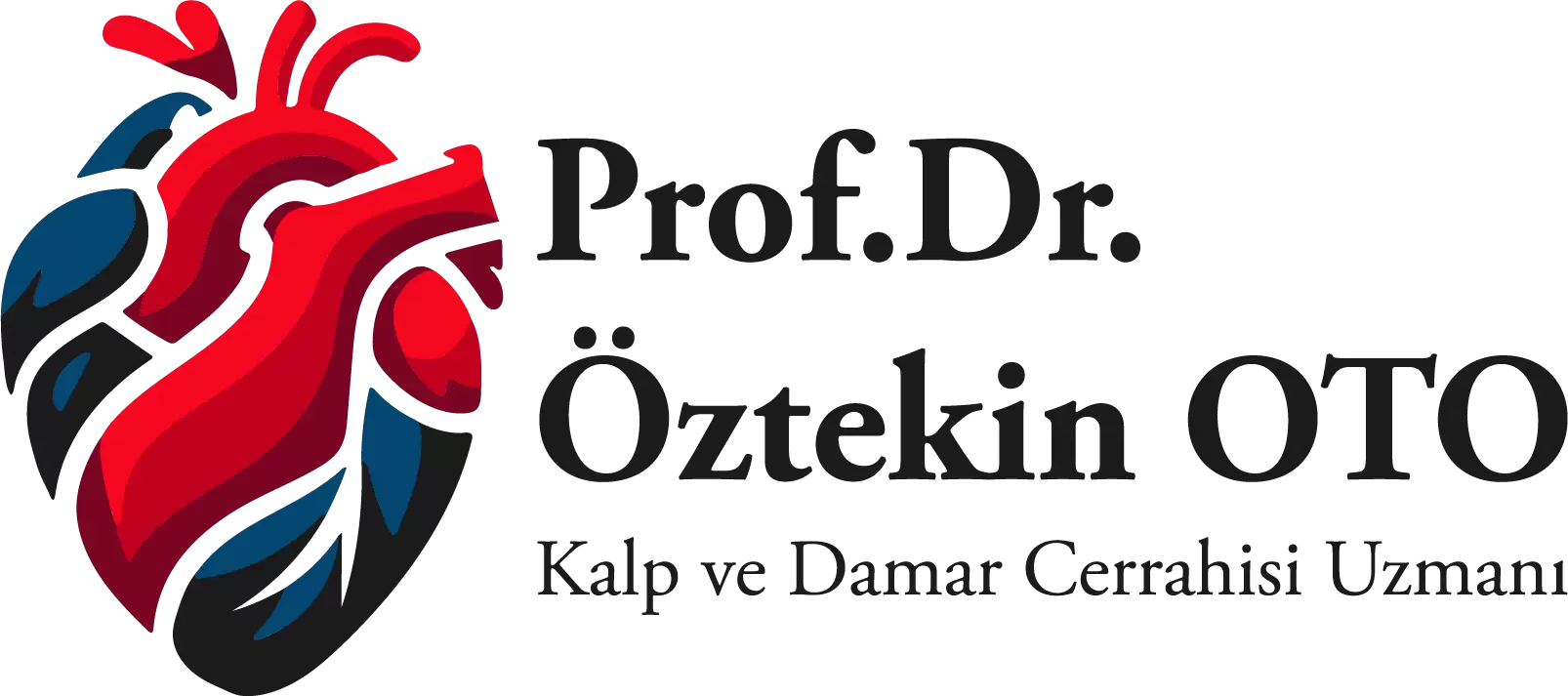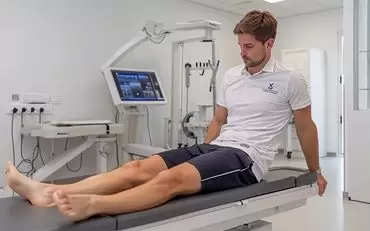29 Oca
Deep Vein Thrombosis
What is Deep Vein Thrombosis?
Deep vein thrombosis is a preventable disease caused by changes in the blood flow, vessel wall injuries and coagulation disorders. Most important factor in deep vein thrombosis, which is life-threatening as long as untreated, is the clotting disorder.
There are several causes of deep vein thrombosis, which is described as the blocking of deep veins on the legs with clot. Long-term immobility, pregnancy, cancer treatment, being over ideal weight or having brain surgery are among the causes of deep vein thrombosis.
What are the Symptoms of Deep Vein Thrombosis?
Besides high fever, main symptoms are sudden swelling on the legs, redness and sensation of pain restricting movement. Furthermore, signs of pain and swelling vary depending on the location of the problem. Edema and cramp and skin deformation at the thrombosis site are among the late complications.
In case treatment of deep vein thrombosis is delayed, the legs become hard and white and they also start getting cold and blisters will develop. Furthermore, ulceration starts as the circulation system impairs.
How to Diagnose Deep Vein Thrombosis?
Following a thorough physical examination, venous Doppler test is used to diagnose the condition. It is important to refer the patient to an experienced cardiovascular surgeon for the correct diagnosis. Diagnosis of deep vein thrombosis within the first 48 hours contributes to the efficacy and success of the treatment.
Treatment of Deep Vein Thrombosis
New Treatment Methods for Deep Vein Thrombosis
Today, pharmacomechanical therapy is used for early cases of deep vein thrombosis.In this method, the clot is removed by an endovascular catheter, which is recently developed specifically to break-up the clots.Following this procedure, a drug-eluting catheter is placed and left inside the vessel for 24 hours to dissolve the clot.
For treatment of deep vein thrombosis diagnosed within the first 48 hours;clots,which are located at the deep veins above the knee and inside the abdomen, are removed by a special balloon catheter placed from the groins through a small incision. In case the clot is under the knee, clot-dissolving drugs are used for systematic effect to dissolve the clot.
What are the Cases of Misdiagnosis and Mistreatment in Deep Vein Thrombosis?
Besides failing to confirm the diagnosis with Doppler test and putting a wrong diagnosis, treating only with antibiotics or anticoagulant agents like blood thinners are among the cases of misdiagnosis and mistreatment. Especially, use of blood thinners does not help to remove the clot.
If proper treatment is delayed, the patient may suffer from swelling on the legs and ulcers on the ankles.
Can a Late-Comer be Saved?
YES, THERE IS STILL A CHANCE!
First, the patient is carefully assessed after a thorough physical examination and a detailed Doppler test.Clot-dissolving drugs are successful at the late phase. After assessing the overall health status and the status of the clotted vessel, the patient is hospitalized to ligate the culprit vessels and ensure rapid healing of the wounds.
What should be done after Treatment for Deep Vein Thrombosis?
The patient with deep vein thrombosis must start using blood thinners after the first attack upon INR assessment.Therefore, new clot development is avoided.
Today, new oral anticoagulants (NOAC’s) are used without any need for regular blood testing for the comfort of the patient.
What will happen if Deep Vein Thrombosis is not treated?
Swelling on the legs may become permanent and wounds may develop. Besides, the clot may reach the lungs and be fatal. If the patient with deep vein thrombosis suffer from swelling on the legs together with difficulty in breathing and chest pain, the patient must be taken under control with the suspicion of pulmonary embolism.
Related Articles

What is LDL Cholesterol?
LDL cholesterol is also named as the bad cholesterol. After the age 20, everyone must have their LDL..
Read More
Coronary Artery Disease
Arteries are the blood vessels that transports the blood pumped away from the heart to the rest of t..
Read More





